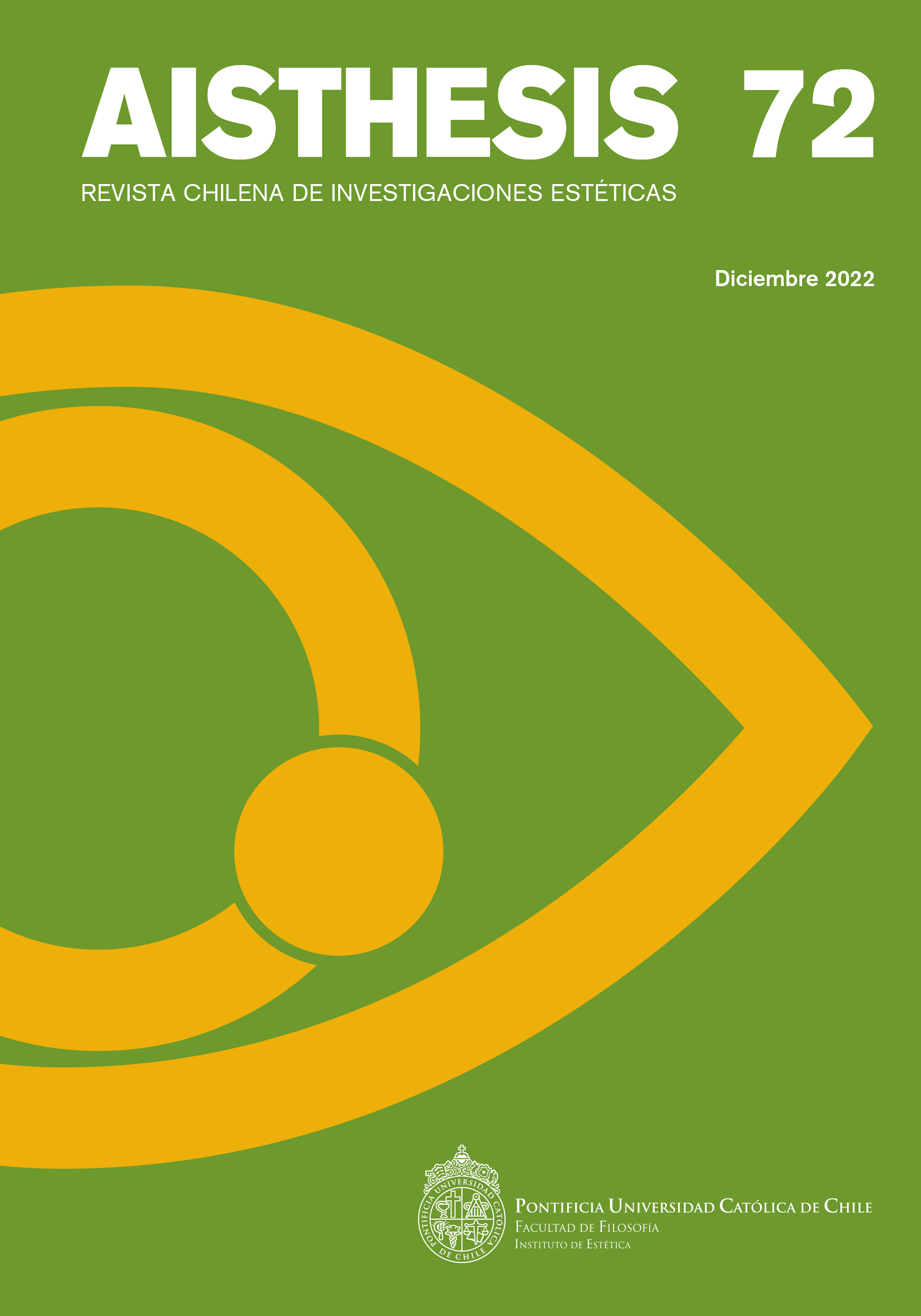Shifts from Serialism in Karlheinz Stockhausen’sElectronic Pieces. Technical Mediationand Production of Hybrids at the WDR Laboratory
Main Article Content
Abstract
During the 1950s Karlheinz Stockhausen adhered to the modernist principles promoted by the Darmstadt School that led to the development of integral serialism. In his pursuit of renovation of the musical language, Stockhausen tried to apply this technique to the composition of electronic works at the WDR (Westdeutscher Rundfunk) laboratory in Cologne. This article inquires, through the concept of technical mediation proposed by Bruno Latour, how the exchange of properties between humans and non-humans inside the laboratory modified the serial project. As a result of this process, Stockhausen composed a serie of works that couldn’t be completely prefigured a priori, a fact that led to the creation of new forms of listening and musical notation. From that, we will seek to characterize Stockhausen's compositional practice from a non-modernist perspective, emphasizing the hybrid and relational character of musical events.
Downloads
Article Details

This work is licensed under a Creative Commons Attribution-NonCommercial-ShareAlike 4.0 International License.
All contents of this electronic edition are distributed under the Creative Commons license of "Attribución-shareAlike 4.0 Internacional" (CC-BY-SA). Any total or partial reproduction of the material must mention its origin.
The rights of academic works published in this publication belong to their authors., who grant to AISTHESIS: Revista Chilena de Investigaciones Estéticas the license for its use. The management of the permits and the authorization of the publication of the images (or of any material) that contains copyright and its consequent rights of reproduction in this publication is the sole responsibility of the authors of the articles
